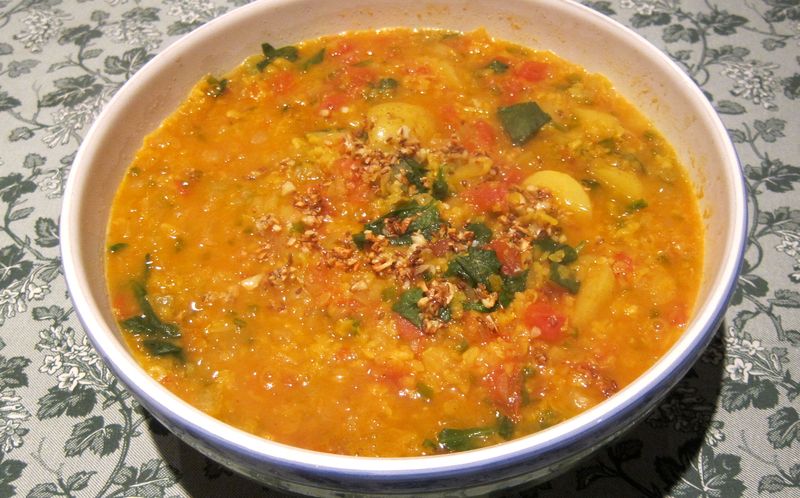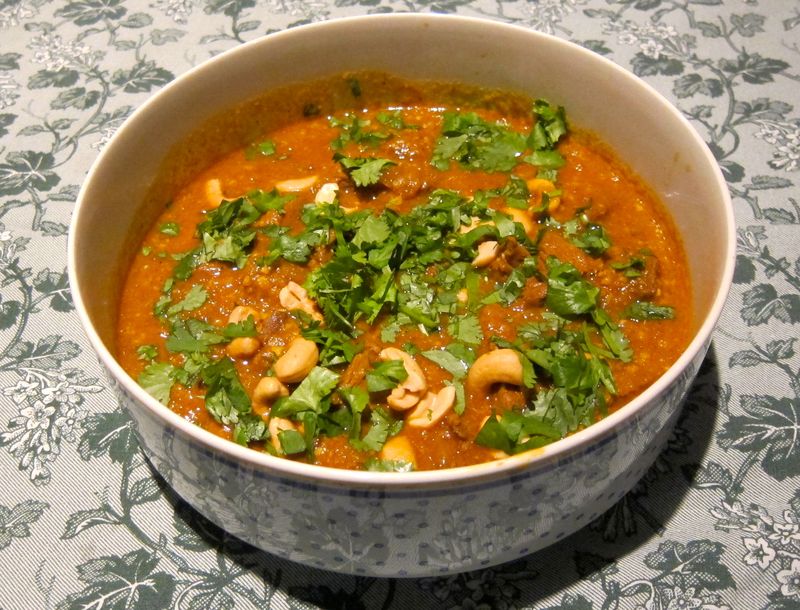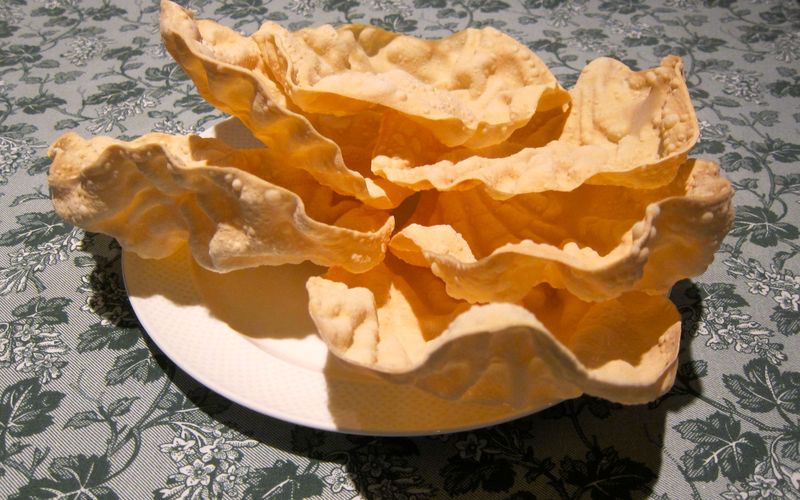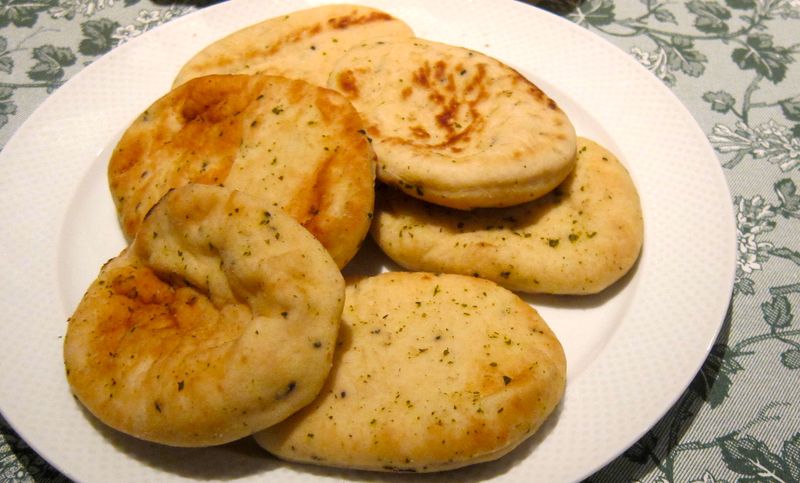We're on the home stretch and we see the light at the end of the tunnel. However, we needed a little break from what has been a very difficult stretch. Consider that over the last three days, Josée has prepared 24 separate dishes from 3 different countries and we've had 11 different wines all with guests in attendence. Rough.
So today, something simple: Indian food. India has much to offer the gastronome although I personally am not partial to it. The taste palet, while vast, is at times a bit too spicy for my taste.
The English, however, can"t live without their Indian food which is proof enough that Imperialist England practiced "progressive imperialism", one that was based upon a cosmopolitan view of humanity, that promoted the spread of civilization to allegedly "backward" societies to elevate living standards and culture in conquered territories, and that allowed subjects from conquered countries to assimilate into the imperial society.
Well, assimilate they did and with the Indians came a cuisine that was so superior to the extant bland English fare that it was taken in nearly as their own. In 2003, there were as many as 10,000 restaurants serving Indian cuisine in England and Wales alone. According to Britain's Food Standards Agency, the Indian food industry in the United Kingdom is worth 3.2 billion pounds, accounts for two-thirds of all eating out and serves about 2.5 million customers every week.
Josée's quick Indian meal:
Lentil and Spinach Dal
Lamb Korma
Naan Bread and Papadums
Mango Chutney, Hot Lime Pickle, Aubergine Pickle

Dal is a delicious thick, soupy dish of lentils and other pulses (From the Latin puls, an annual leguninous crop yielding from one to twelve seeds of variable size, shape, and color within a pod. Examples: kidney beans, Lima beans, broad beans, chickpea, garbanzo, lentils and lupins.) For many living on the Indian sub-continent, it is the most important dish they eat and an essential source of protein. Josée prepared her Dal with coral lentils, mung beans, onions, potatoes, tomatoes, peppers turmeric, chili powder, cumin seeds and garlic.

Lamb Korma: A korma is a dish originating from Pakistan and India which consists of braised meat with water or stock that is made creamy by the addition of either yogurt, cream or a paste of nuts or seeds or coconut milk. Josée's had a paste of cashews.

Naan or Nan is a leavened, oven-baked flatbread. It is typical of and popular in West, Central and South Asia.
Papadums are a thin, crisp Indian preparation sometimes described as a cracker. They are typically served as an accompaniment to a meal in India. They are also eaten as an appetizer or a snack and can be eaten with various toppings such as chopped onions, chutney or other dips and condiments. In some parts of India, it is served as the final item in a meal.
We also had a variety of condiments that are typically served with indian food including mango chutney, hot lime pickle and aubergine pickle.
Next is Ethiopia.
Cheers,
Joseph Froncioni









































































































![Jeremy Scahill: Blackwater: The Rise of the World's Most Powerful Mercenary Army [Revised and Updated]](../../../6a00d8341c075e53ef0128756487fa970c-75hi.jpg)

Comments